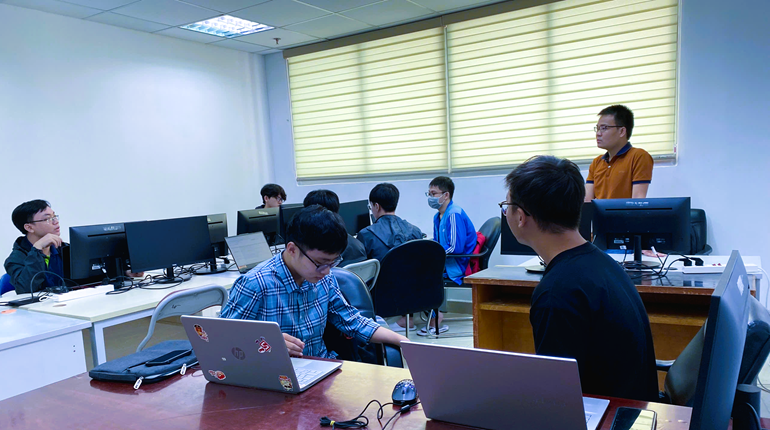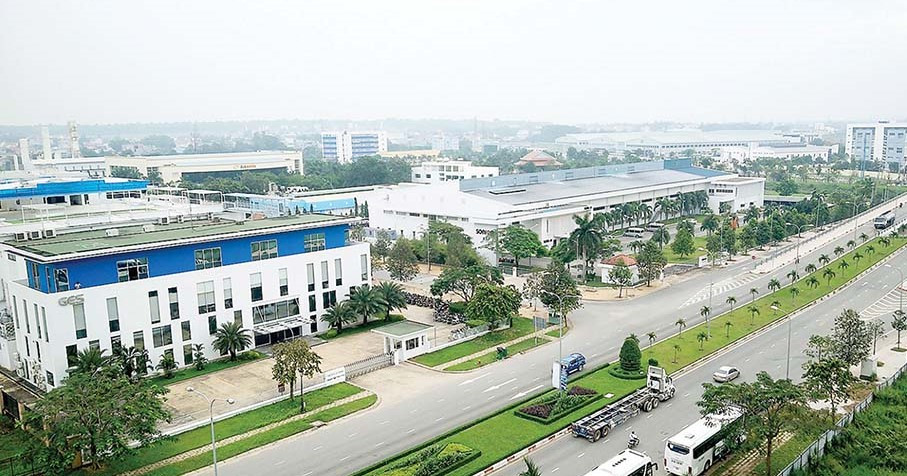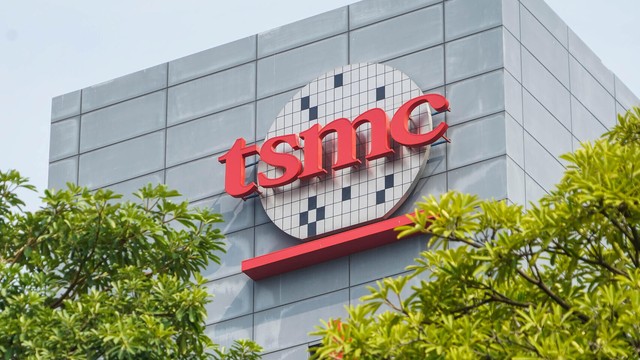
PCI Express Bus Description
A description of the new Serial PCI Bus "PCI Express".
The PCI Express [PCIe] bus defines the Electrical, topology and protocol for the physical layer of a point to point serial interface over copper wire or optical fiber.
In addition to the Physical Layer, the PCI Express specification also covers the Transaction Layer and Data Link Layer. The Physical Layer resides with Layer 1, and the Data Link Layer resides with Layer 2 of the OSI protocol model.
PCI Express is the new serial bus addition to the PCI series of specifications. How ever the electrical and mechanical interface for PCI Express is not compatible with the PCI bus interface. This is a serial bus which uses two low-voltage differential LVDS pairs, at 2.5Gb/s in each direction [one transmit, and one receive pair]. A PCI Express link is comprised of these two unidirectional differential pairs each operating at 2.5Gbps to achieve a basic over all throughput of 5Gbps [before accounting for over-head]. PCI Express uses 8B/10B encoding [each 8 bit byte is translated into a 10 bit character in order to equalize the numbers of 1's and 0's sent, and the encoded signal contains an embedded clock]. PCI Express supports 1x [2.5Gbps], 2x, 4x, 8x, 12x, 16x, and 32x bus widths [transmit / receive pairs]; 2.5Gigabits/second per Lane per Direction. The 8B/10B changes the data transfer numbers to 250MBps per lane, raw data [B= Bytes, b=Bits]. The reduction in throughput is accounted for under the protocol section.
Revision 2.0 increases the speed to 5GT/s [4 GB/s]. LVDS stands for: Low Voltage Differential Signaling.
Revision 3.0 (Gen 3) due out in 2010 increases the speed to 8GT/s and changes the encoding to 128b/130b to reduce the over head. The new bandwidth will increase from 4Gb/s (Gen 2) to 7.99Gb/s both from over head reduction and bit time reductions. Note; GigaTransfers per Second (GT/s)

LVDS Single Link Interface Circuit
The basic LVDS interface is a single differential link in either one or both directions. Each link requires a termination resistor at the far [receiver] end. The nominal resistor values used is 100 ohms, but would depend on the cable or PWB trace impedance used. LVDS is a scalable bus; one uni-directional link or multiple links may be used. The LVDS graphic above indicates a 1-meter length, but the PCIe specification only allows a 20 inch trace. Refer to the LVDS page for additional information. The new PCIe version 2.0 supports cables up to 10 meters in length running at 2.5 Gb/s.
PCI Express Status
The PCI Express bus started showing up on Mother Boards in 2004 as an addition (using a new connector) to the PCI interface, and will coexist and out-pace parallel PCI at the rate PCI took over from the ISA bus. One common PCIe implementation seems to have two 1x PCI Express slots [for expansion boards] and one 16x PCIe slot [used to replace the AGP slot], then some number of standard parallel (classic) PCI slots [3 to 4 connectors]. Because of the large number of PCI boards fielded it may be some time before the PCI expansion slots disappear from mother-boards, but may disappear faster because the PCIe 1x connector is so much smaller then the PCI connector. The 1x PCIe slots will support a bandwidth of 5Gbps, and the 16x PCIe slot will support 80Gbps. Throughput is discussed below.
I see some Mother Board manufacturers using the term PCI-E to represent PCI Express card slots, this is an incorrect usage [PCIe]. PCI Express is not compatible with the standard PCI bus. The PCI Express connectors, signal voltage levels, and signal format are different then with PCI. The physical size of PCI Express cards have the same dimensions as standard PCI cards. The main physical difference between the two bus formats lay with the connectors. PCI Express comes as either standard or low-profile form factors.
Additional Notes: Some software written for the PCI bus may be compatible with the PCIe bus. PCI Express was originally developed at Intel by the Arapahoe working group. Later called 3GIO, "third-generation input/output". Now that the spec has been transferred to the PCI Special Interest Group (PCI-SIG) it was renamed PCI Express.
PCI Express Pinout
The pinout for expansion slots found on Personal Computers is listed below. Two types of PCIe connectors are common on PCs; the 1x connector which is used for a normal board expansion slot and the 16x connector which is used as a video card expansion slot. The 4x and 8x style connectors have not yet been seen residing on any mother-board.
PCI-Express 1x Connector Pinout and 1x signal names.
PCI-Express 4x Connector Pinout and 4x signal names.
PCI-Express 8x Connector Pinout and 8x signal names.
PCI-Express 16x Connector Pinout and 16x signal names.
The signaling width [data path width] also uses the term "by"; 1x is called 'by one', 16x is called 'by sixteen' ~ you may also see 16x as x16, means the same thing.
Connectors manufacturers which produce PCIe connectors are listed near the end of this page. Connectors for the 1x PCIe slot and the 16x PCIe slot are different sizes because they support a different number of bit lanes. The connector sizes for 4x and 8x PCI Express are also different, for the same reason. The PCIe 1x connector has 36 signal pins, the 4x connector has 64 signal pins, the 8x connector has 98 signal pins, and the 16x connector has 164 signal pins. A PCI express card is upward compatible, so a 1x card will fit in any card slot, a 4x card will fit into an 8 or 16x port and so on. An adaptor card using 16x lanes will only fit in a x16 size connector. The pinout tables for each connector type is listed in the previous paragraph. Manufacturers that produce PCI-Express Boards are listed on the PCI Express Card Manufacturers page.
A drawing showing the long and shot form factors for the PCI Express card is listed on the PCIe Board Dimensions
PCI Express Protocol
The frame format for PCIe is shown in the graphic below. The frame is made up of a 1-byte Start-of-Frame, 2-byte Sequence Number, 16 or 20-byte Header, 0 to 4096-byte Data field, 0 to 4-byte ECRC field, 4-byte LCRC, and 1-byte End-of Frame. The smaller the number of bits transferred in the data field the greater the over-head becomes. A zero byte data field results in a 100 percent over-head, because no data was transferred.
![Graphic of PCI Express [PCIe] Protocol Format PCIe Message Frame](http://www.interfacebus.com/Design_PCIe_Protocol_Format.gif)
PCI Express Data Frame
The best case through-put is achieved when the data field is max-ed out with 4096 bytes of data. Using those conditions a total of 4124 bytes will be transferred representing 4096 bytes of data.
Note: End-to-end Cyclic Redundancy Check (ECRC) is 32-bits, Local Cyclic Redundancy Check (LCRC) is 32-bits
PCI Express Throughput
The Throughput Rates for the PCIe interface is for one direction only. PCI Express is a serial bus which embeds its clock unlike the other bus standards listed here. The throughput of a PCI Express interface is reduced by 20 percent due to the 8B/10B data encoding. The table accounts for the 8-bit/10-bit encoding loss: at a 2.5Gbps clock speed, the 1x transfer rate of should be 312.5MBps with 8 bits per clock [without 8B/10B], but at 10 bits per clock the transfer rate becomes 250MBps [with 8B/10B].
| Bus Spec | Transfer Rate | Throughput Rate |
| PCI; 33MHz, 32-bit | 133MBps | - |
| PCI-Express x1 | 250MBps | - |
| AGP 2x | 533MBps | - |
| PCI-Express x4 | 1,000MBps | - |
| AGP 4x | 1,066MBps | - |
| AGP 8x | 2,133MBps | - |
| PCI-Express x16 | 4,000MBps | - |
Refer to this page for a comparison of Video bus through-put for different expansion buses.
PCI Express Design Data
PCI Express is optimized for a 4 layer FR4 [Dielectric], supporting up to 20 inch distances between devices. The actual distance between IC's depend on the number of via's. The differential trace impedance is defined as 100 ohms + 15%. Each trace pair should have a matched trace length of + 5 mils. How ever pair-to-pair trace length matching is not required. Each signal pair is capacitive coupled at the receiver. Do not stager the capacitors for each signal pair, they should reside next to each other. Jitter in the PCI Express Interface: PCI Express specifies a maximum output jitter of 120ps for the Serializer and a minimum input jitter tolerance of 240ps for the De-serializer. The UI [Unit Interval] is the bit time = 400ps, Phase Jitter most important. The UI of 400ps is 1/[2.5Gbps]. The Bit Error Rate [BER] is defined as 1x10-12.

















